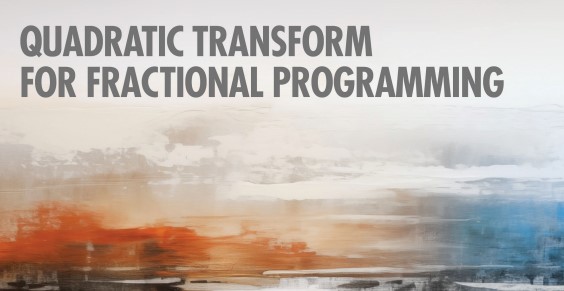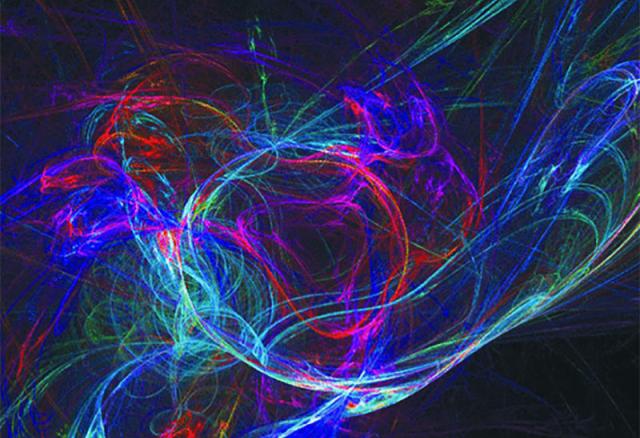
- Home
- Publications & Resources
- IEEE Signal Processing Magazine


CURRENT ISSUE

CURRENT ISSUE
November 2022
Scientific Integrity: A Duty for Researchers
Ethics in science is essential for various reasons and is a duty for scientists. The full sense of the word ethics may differ according to languages and countries. For instance, in France, we typically make a distinction between ethics and scientific integrity, while scientific integrity is a part of ethics in the United States.
Artistic Text Style Transfer: An overview of state-of-the-art methods and datasets
Word art, which is text rendered with properly designed appealing artistic effects, has been a popular form of art throughout human history. Artistic text effects are of great aesthetic value and symbolic significance. Decorating with appropriate effects not only makes text more attractive but also significantly enhances the atmosphere of a scene. Thus, artistic text effects are widely used in publicity and advertising.
Starting the Ethics Discussion in Our Community
IEEE members are bound by the IEEE Code of Ethics [1] . By becoming IEEE members, we commit ourselves to the highest ethical and professional conduct. We agree to uphold the practices of ethical design and sustainable development; protect the privacy of others; and promptly disclose factors that might endanger the public or the environment. We strive to improve the public understanding of the implications of technology.
September 2022
Applying Signal Processing to Opposite Sides of Imaging: Separate European research projects are focusing on aspects of completely real and entirely fake images
In separate projects, research teams based in Spain and Germany are using signal processing to help develop new ways of creating distortion-free brain imaging and detecting deceptively fake photographic images.
Memories From a Historic, Hybrid, Distributed ICASSP
This past May marked the beginning of our return to face-to-face events after almost three years of pandemic-forced virtual-only interactions. The first attempt was the 2022 ICASSP! Planning for large international events in the era of postpandemic uncertainty is not an easy undertaking. Of course, signal processing is all about dealing with uncertainty—and who would be better at planning than IEEE Signal Processing Society (SPS) people?




